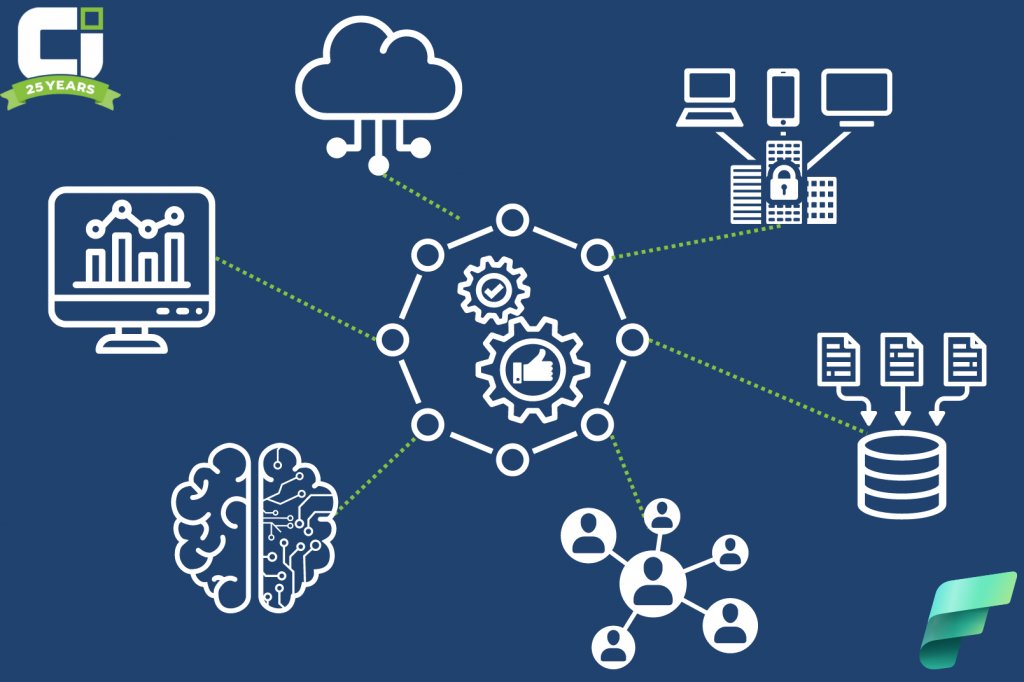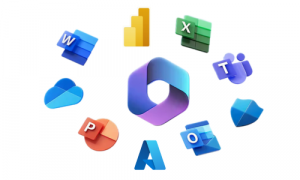
Approach to Integration
Microsoft Fabric is designed to be a flexible and powerful platform that can integrate seamlessly with a variety of existing systems within an organization. Whether you’re looking to enhance your data science capabilities, streamline workflows, or leverage advanced analytics, integrating Microsoft Fabric with your current infrastructure can be a strategic move.
Here’s how you can approach this integration:
Understanding Integration Capabilities
It’s essential to understand the integration capabilities of Microsoft Fabric. The platform offers Git integration, allowing developers to incorporate their development processes and best practices directly into the Fabric platform. This feature supports backup and versioning of work, collaboration using Git branches, and application of source control tools to manage Fabric items.ods
If Git is not your tool of choice, there are other methods to connect and combine Fabric to your environment. Whether you use tools like SVN, Mercurial or other similar tools, most have integration points or APIs to allow you to integrate your activities into Fabric’s tapestry.
Another feature that enhances Fabric’s integration with other tools is the deployment pipeline. This allows for a more agile release cycle, especially for solutions like Power BI.
Deployment pipelines facilitate the movement of solutions from development to testing and, finally, to production. They are instrumental in managing the application lifecycle, ensuring that each release is stable and meets quality standards.
Direct Linking with Dataverse
For organizations utilizing Power Apps and Dynamics 365, Microsoft Fabric provides a direct link to Microsoft OneLake through Dataverse. This integration enables access to Dynamics 365 and Power Apps data within Microsoft OneLake without the need for complex ETL pipelines or external integration tool
Not using Power Apps? ( you should at least explore it!) Applications written in other code can utilize Fabric’s features like Power BI connections for in app reports, data point connections to Fabric Lakehouse and warehouses can store app data for use elsewhere or just in the application itself.
Partner Integration Model
Microsoft Fabric also supports a partner integration model, enabling Independent Software Vendors (ISVs) to build their products and services on top of Fabric or embed Fabric’s functionalities within their applications. The integration surface area is primarily via REST APIs for various Fabric workloads. This enables you to integrate existing work without the need for prep and planning of conversion or rebuilds.
Leveraging Existing Microsoft Ecosystem
If you already have some of Microsoft’s tools in house and in use, you are one step closer to integration. One of Fabric’s strengths is its deep integration with existing Microsoft tools and services, such as Azure, Power Platform, and Dynamics 365. These integrations offer a unified approach to business operations, promoting rapid development and continuous delivery of applications.

Steps for Integration
1. Assess Your Current Systems
Evaluate your existing infrastructure to identify the systems and processes that will benefit from integration with Microsoft Fabric. Identify each system and toolset, and look for integrations points.
2. Plan the Integration
Based on the assessment, plan the integration process, considering the data flow, user access, and security implications. Determine how much effort each connection needs to enable, and any environment or other system activity that is needed. A thorough review now will ease the integration later as well as prevent delays or rework
3. Setup the Integration
If your development process involves Git, set up Git integration with Microsoft Fabric to manage your codebase and collaborate effectively. Focus on one integration component during setup, and stay away from the temptation to “do them all at once”. Step through each component until you are confident it is working.
4. Link with Dataverse and Other Data
Utilize the built-in linking feature to connect your Dataverse environment with Microsoft Fabric, enabling deep insights and data accessibility. Now is also the time to make sure all other data connections, including system and maintenance data are set up and working.
5. Utilize REST APIs
For custom integrations, leverage the REST APIs provided by Microsoft Fabric to connect your systems and enable data exchange. Check your software vendors site and documentation for API information. Many software vendors provide API connections with their software.
6. Test the Integration
Before going live, thoroughly test the integration to ensure that data flows correctly and all systems communicate as expected. A good test method is to test single components, then related connections, then a full run to work out any issues.
7. Deploy and Monitor
After successful testing, deploy the integration and monitor the systems to ensure stability and performance. Test this with a smaller group before deploying to the larger areas.
Best Practices for Integration
To effectively integrate Fabric with other software and tools, consider the following best practices:
- Familiarize yourself with basic Git concepts to leverage the full potential of Git integration.
- Utilize workspaces in Fabric to collaborate and create collections of items such as lakehouses, warehouses, and reports.
- Ensure that privacy concerns are addressed before enabling Git integration, especially regarding data protection and compliance with Microsoft’s privacy statement.
- Take advantage of the deployment pipelines to manage the application lifecycle and streamline the release process.
Conclusion
Integrating Microsoft Fabric with your existing systems can unlock new potentials for your organization. By following a structured approach and leveraging the integration features provided by Microsoft Fabric, you can create a cohesive and efficient environment that supports your business objectives.
At Collective Intelligence we specialize in Fabric integrations. If you have questions, or want some assistance in planning or working on your integrations, reach out to us!